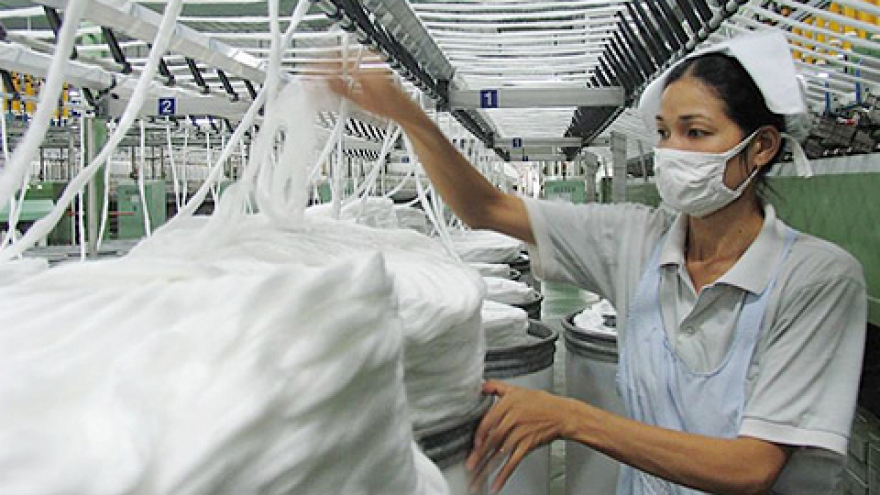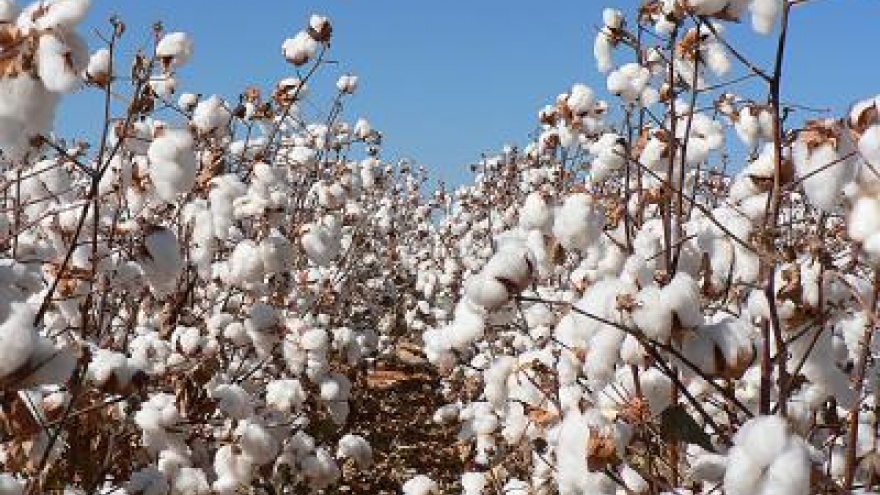Vietnam’s cotton imports surpass US$2 billion during Jan-Aug
Vietnam spent more than US$2 billion on importing cotton in the first eight months of 2018 – the biggest-ever spending of the garment and textile sector.
 |
Of the total, imports from the US exceeded US$1 billion, according to the Vietnam Customs.
The increase in spending on cotton imports was attributed to growth in garment and textile exports, as Vietnam depends on nearly 100% of imported cotton materials.
Vietnam estimates to use more than US$3 billion to buy cotton this year, up US$700-800 million against the previous year.
The country also set a target of earning US$34-35 billion from exporting garment and textile products.
Last year, the textile and garment industry gained a year-on-year increase of 10.23% in the export value of textiles and garment to US$31 billion, higher than its target set at the beginning of the year at US$30 billion.


